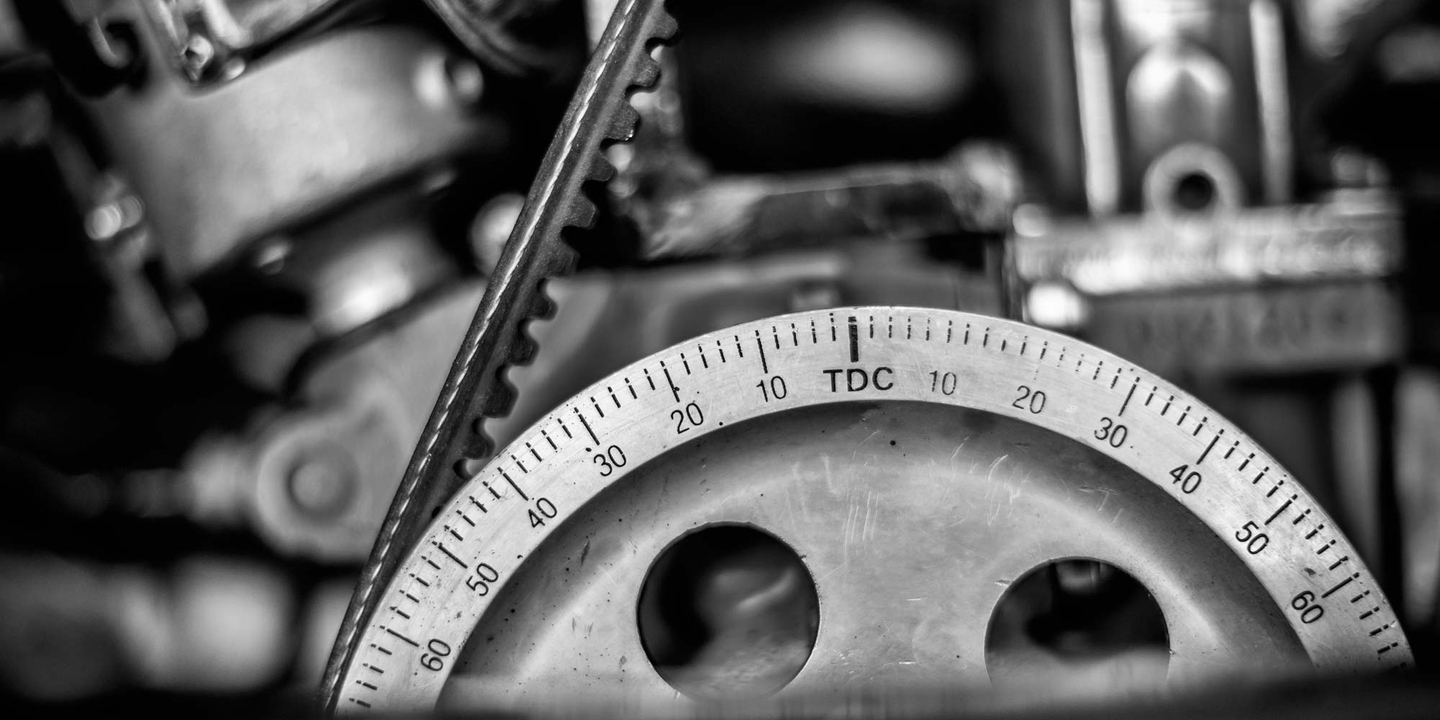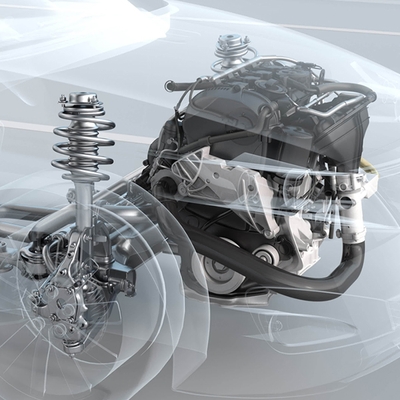What is a serpentine belt?
2 min read
A car’s serpentine belt helps power many of the vehicle’s accessories, including the water pump, the alternator, and the power steering pump, to name a few. Older cars may have a serpentine belt that requires manual tightening to keep things running smoothly, but most modern cars have automatic belt tensioners. Serpentine belts may fail sooner than normal if exposed to engine oil or coolant leaks.
What does a serpentine belt do?
The function of a serpentine belt is to take energy from various power systems in the car and connect it to the engine, which is vital for your car’s operation. The serpentine belt plays an essential role in running your car’s systems and powers many other parts of the car. Serpentine belts help power your alternator, steering pump, and air conditioning, in some vehicles it powers water pumps.
Your alternator keeps your car battery charged and powers your car’s electrical components. Your car wouldn’t start without it. Steering your car becomes much more difficult without assistance from a power steering pump. Your car’s water pump sends coolant from the radiator to the engine to prevent it from overheating.
What’s the difference between a serpentine belt vs. timing belt?
According to the Repairsmith blog, the function of the serpentine belt is to transfer power from the crankshaft to the engine accessories, such as the air conditioner, alternator, and power steering. The timing belt keeps the crankshaft and camshaft in sync and maintains the timing between the engine valves and the pistons.
How do you know if you need to replace your car’s serpentine belt?
Serpentine belts generally last anywhere from 50,000 to 100,000 miles, but they can fail prematurely if your car’s fluids leak on them, such as engine oil or coolant. Boucher says the first sign of serpentine belt failure that people notice is a noise, usually sounding like a squeal, coming from under the hood. If you visually inspect a serpentine belt, signs of wear may include cracking or glazing. As with most issues, a qualified mechanic is the best person to assess the condition of the serpentine belt. But depending on the make and model of your car, you may be able to replace a serpentine belt yourself.
“Some serpentine belts are very service friendly, and [replacement] could be done by an average person with some slight mechanical knowledge,” Boucher says. “Others, just due to where they’re located, are more difficult to access.” Whether due to accessibility or your comfort with performing the job yourself, a qualified mechanic can handle the serpentine belt replacement for you. Your mechanic should also be inspecting the serpentine belt as part of your car’s routine maintenance appointments. Learn tips on how to find a good mechanic to keep your car in shape.




